Painting an Aquan Stingray Class Destroyer
April 9, 2013 by elromanozo
For some website features, you will need a FREE account and for some others, you will need to join the Cult of Games.
Or if you have already joined the Cult of Games Log in now
What difference will having a FREE account make?
Setting up a Free account with OnTableTop unlocks a load of additional features and content (see below). You can then get involved with our Tabletop Gaming community, we are very helpful and keen to hear what you have to say. So Join Us Now!
Free Account Includes
- Creating your own project blogs.
- Rating and reviewing games using our innovative system.
- Commenting and ability to upvote.
- Posting in the forums.
- Unlocking of Achivments and collectin hobby xp
- Ability to add places like clubs and stores to our gaming database.
- Follow games, recommend games, use wishlist and mark what games you own.
- You will be able to add friends to your account.
What's the Cult of Games?
Once you have made a free account you can support the community by joing the Cult of Games. Joining the Cult allows you to use even more parts of the site and access to extra content. Check out some of the extra features below.
Cult of Games Membership Includes
- Reduced ads, for a better browsing experience (feature can be turned on or off in your profile).
- Access to The Cult of Games XLBS Sunday Show.
- Extra hobby videos about painting, terrain building etc.
- Exclusive interviews with the best game designers etc.
- Behind the scenes studio VLogs.
- Access to our live stream archives.
- Early access to our event tickets.
- Access to the CoG Greenroom.
- Access to the CoG Chamber of Commerce.
- Access the CoG Bazarr Trading Forum.
- Create and Edit Records for Games, Companies and Professionals.
Supported by (Turn Off)
Supported by (Turn Off)
Supported by (Turn Off)





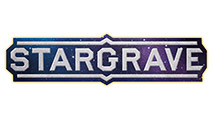











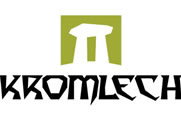






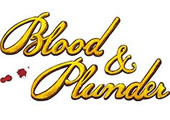







![How To Paint Moonstone’s Nanny | Goblin King Games [7 Days Early Access]](https://images.beastsofwar.com/2024/12/3CU-Gobin-King-Games-Moonstone-Shades-Nanny-coverimage-225-127.jpg)


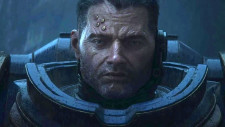
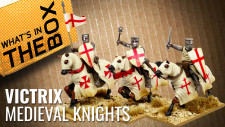







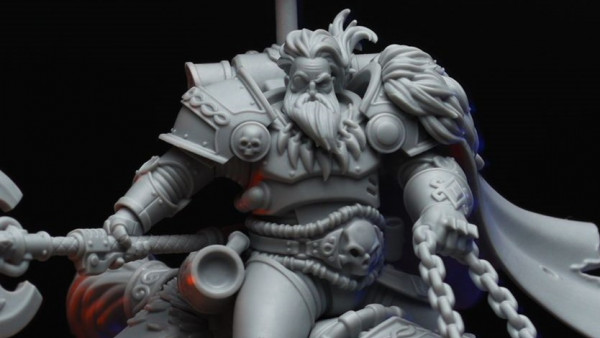


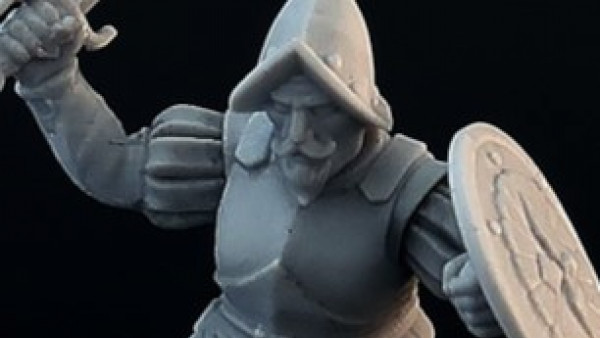

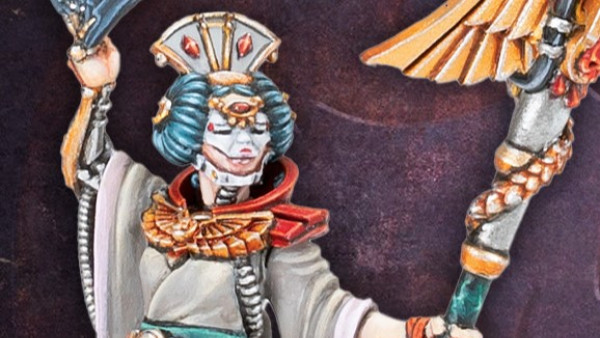

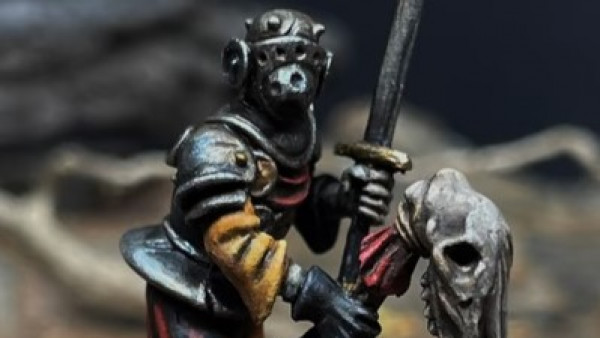


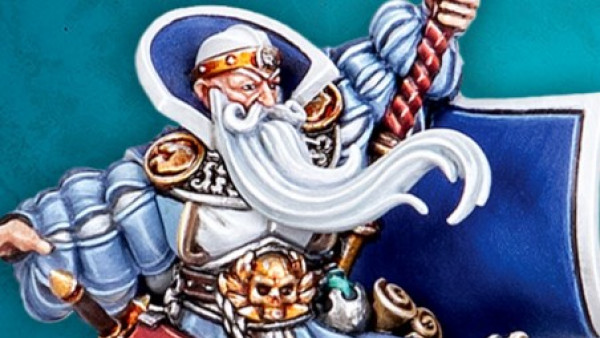

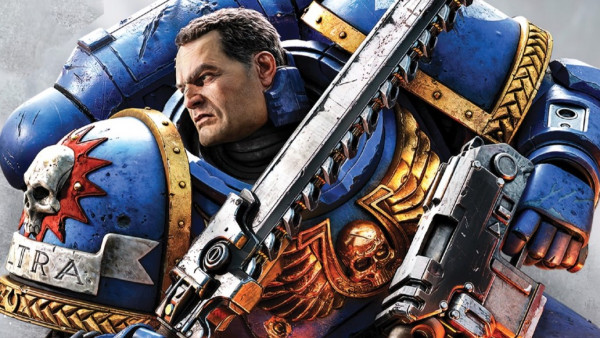

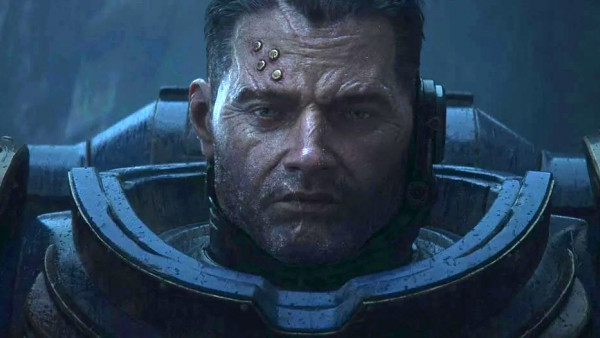

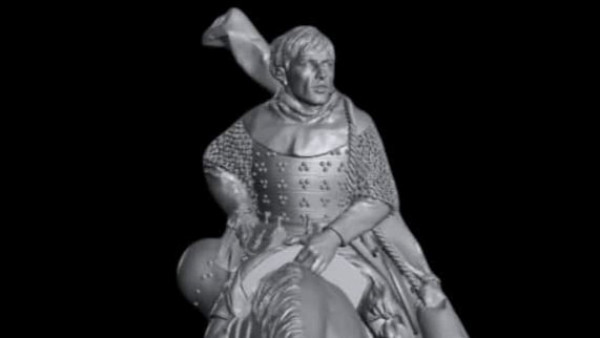
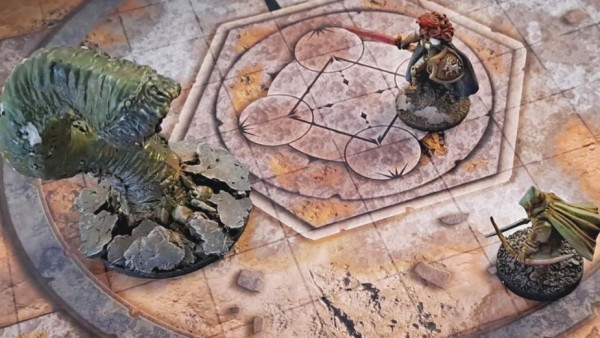

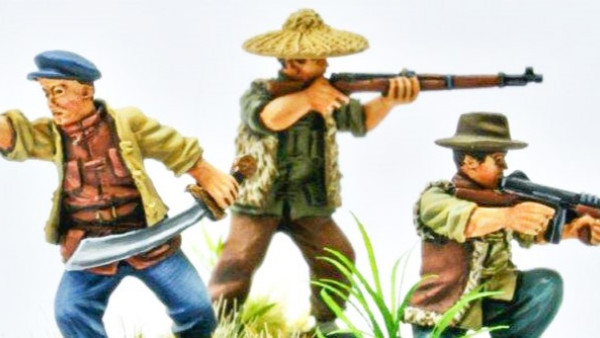
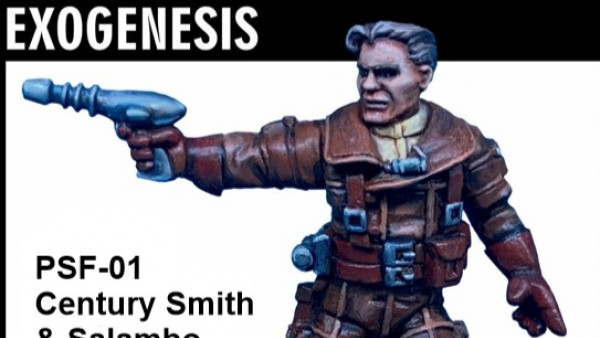
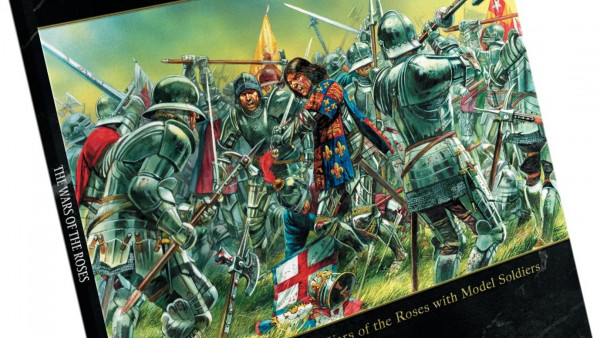

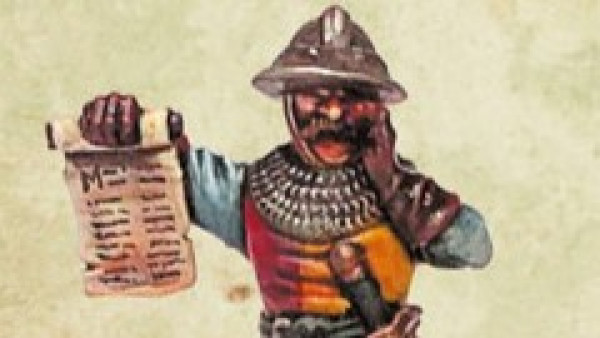
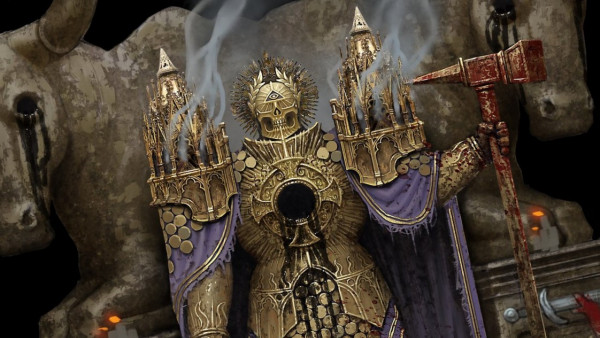
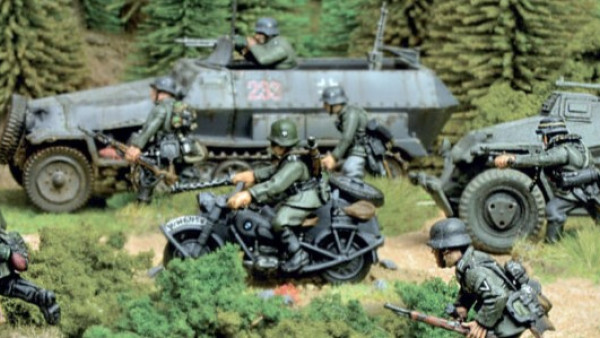
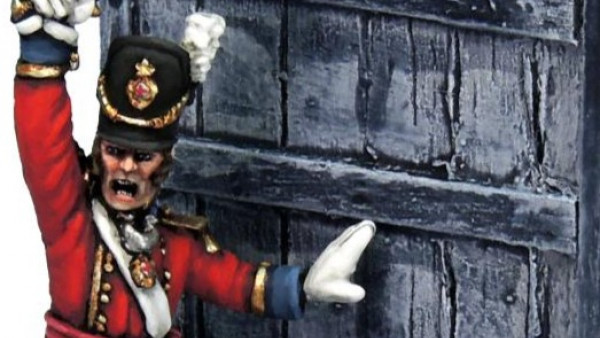
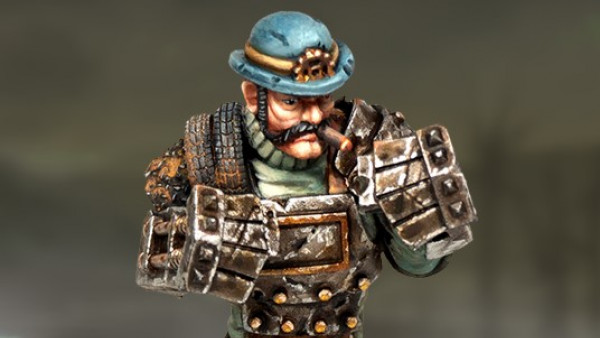
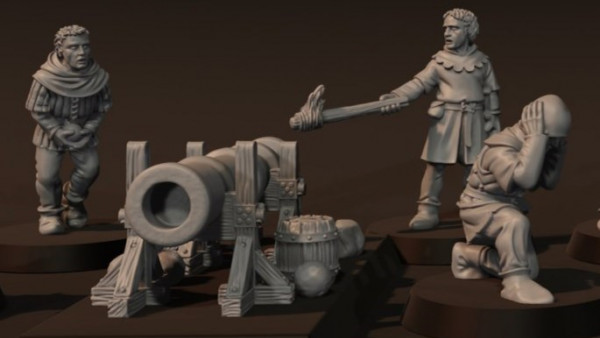
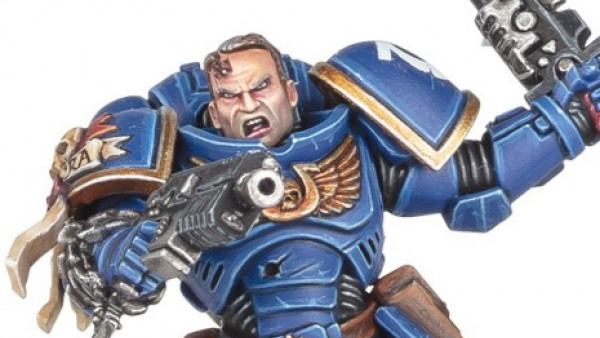
Thats such a simple yet effective way to paint ships. What I tend to do is after the base coat I grab the dry brush and get it over with. I must admit that I don’t think wash when doing most models unless its a shade I’m after. It doesn’t seem hard and has good results. One thing I have noticed when I did use washes that are mixes of paint and water. Some times I get the wash that will dry away from the crevasses and it will look like a water stain. It’s odd in that I would… Read more »
Thanks a lot ! Teaching new tricks is what I’m here for… If you’re talking about paint that doesn’t “want” to go into creases, you’ve really got to push it in with your brush tip. It usually works. The paint simply isn’t surfactant enough, and maybe your creases aren’t primed or are a little dirty (it’s possible)… Sometimes, you’ve got to paint the detail directly with your priming colour, to make sure it’s covered, before washing. Alternately, some flow-aid or medium can help make it more surfactant, but directly pushing the details in is always good. I don’t think I’ve… Read more »
It fits the 3rd description you gave. It looks like a halo as the paint looks like its drying at the edge of where the application stops. By the time the rest is dry I think all the pigment has been pulled to the drying edge giving the centre area less. I’ll give your tips a try as it looks like a mixture of the above that you mentioned.
I thought as much… There’s no real “trick” to it, then, it’s all a matter of not letting paint dry in the middle of a surface. To that end, the only way is to work more quickly than the paint dries (whether you add flow-aid or actually wrok quicker with your brush) or to paint each surface portion individually with one brush stroke, or as little brush strokes as possible. Never paint something else, thinking you’ll come back to it later, just do things in order ! For large surfaces, cheat : paint one stroke, and end the stroke “pushing”… Read more »
i will say this was a fun edit, and the tips in it work really well my only side not it that i think you need to use Romains three tone base coating technique to pull it off i think he did a video on it so ill see if i can hunt out the link later.
BoW Justin
You can do it without pre-shading, but it’ll be a little more uniform… Unless you use wet blending for the basecoat, or very careful brushing as highlights. Either way, you’ve got to be more precise, ergo more experienced.
Hi Romain!
Great tutorial, as usual! I had been ogling the FirArm models in the shop and I think I may try some now. Your tutorials are terrible for my finances…
Do you have any experience with the Alclad metal paints?
Rgds
Fernando